
April 2020
Vol. VIII, No. 4
How Ancient Egypt Shows that Climate Change is Always with Us
By Judith Bunbury
In our times, climate change is much in the news with Extinction Rebellion and the campaigns of Greta Thunberg, but what of the past?
Decades of research in Egypt reveal that, in ancient times, humanity was also affected by climate change. Maybe it should come as no surprise that the reactions of ancient people mirrored our own. Some refused to acknowledge what was happening or blamed others for the general decay while some embraced the contemporary and set to work to manage and respond to the changes that they saw around them.
Archaeological research at sites across Egypt shows that climate change drives the landscape between two modes; cool and warm. When climate is cooler, the Saharan region dries, the Nile is lower and steadier and sea-level falls, extending the delta. Conversely, when climate warms, the Saharan region becomes green and dotted with lakes, the Nile valley marshy and the delta flooded.
Around eleven thousand years ago, the last ice-age ended as global warming ushered in the Holocene and a relatively long period of wetter weather in the Saharan region. Extensive, shallow lakes formed and wildlife and humans migrated into the new habitable realms.
Tree remains from sixth millennium BC.
During this North African Neolithic, life was a larder and relatively small groups of humans settled in spots that offered the advantages of both hunting, fishing and gathering of fruits and grains. Hundreds of ancient rock-art panels, flint implements and remains of settlements give us glimpses of the rich life of this now desert area.
Kharga giraffe panel.
The early Holocene warming also affected the Nile Valley and the Delta to the North. Ice-melt raised global sea-levels by around 120m and the Atlantic Ocean overflowed into the Mediterranean, inundating the Delta and swamping the valley far inland. These changes produced an unstable environment with many rapidly changing channels. They also provided a wide-range of food sources that were visited by the desert dwellers on a seasonal basis. From cultural remains, the scattered bands of gatherer-pastoralists did meet and exchange during these visits but otherwise stuck to their dry-valley (wadi) basins and lake shores.
Then, five thousand years ago, climate began to cool again. The Saharan lakes dried up and the Nile valley became tamer. To survive, populations moved from the Saharan region into the Nile valley arriving at sites like Hierakonpolis.
Khaskekhemwy enclosure at the desert edge ca. 2700 BC at Hierakonpolis.
The condensation of so many different groups stimulated a cultural florescence but as the vegetated valleys dried and died towards the end of the Pre-Dynastic period (around 3000 BCE) agriculture in the Nile valley became essential to survival. Thus, was the Egyptian state born with the development ceremonial and ritual practices associated with irrigation like those recorded on the Scorpion mace head from Hierakonpolis.
King Scorpion with the White Crown of Egypt preparing to breach an irrigation dyke.
After the lakes of the Saharan region dried, wind-blown sand started to collect in the Nile Valley, occasionally blocking it but more often adding to the sediment carried by the channels. While the pyramids at Giza were constructed, this sand-flow reached a peak and added to a sense of contemporary woe and decay, known to Archaeologists as the First Intermediate Period. Egyptian archaeologist Nicole Alexanian sees striking evidence of this sand drowning a tunnel at Dashur.
Sand influx buries tunnel at Dashur as seen in excavations of Nicole Alexanian.
The extra sand, as it fell into and flushed through the Nile river-system also stabilised the Delta, expanding its size at the same time as reducing the variety of habitat and encouraging centralisation of the community in the general area of what is now Cairo.
After the disruption of the First Intermediate Period, Egypt re-stabilised at the beginning of the Middle Kingdom and innovation in the Nile Valley surged again. For example, King Amenemhat III is credited with re-greening the dried-up lake of the Faiyum Oasis by diverting water from a branch of the Nile into it. While Amenemhat's scheme was one of the first large-scale interventions into the courses of the Nile's subsidiary the Bahr Yusuf, his successors took up and elaborated the theme.
These early experiments were mainly on the smaller Bahr Yusuf but by the New Kingdom, (1550-1070 BCE) more ambitious schemes to manage the main Nile emerged.
Nile at Luxor. Photo by Angus Graham.
At Memphis, near to modern Cairo, geoarchaeologist Pedro Goncalves found the remains of large diversions and embankments directed towards land reclamation and harbour improvement associated with the temple of Ptah.
New Kingdom segmentation of the central channel at Memphis to create the site of the Ptah Temple after the work of Pedro Goncalves.
Other New Kingdom schemes are exemplified by the work of Amenhotep III who excavated the vast reservoir of Birket Habu in Luxor (total area 2.3km2), itself part of a much larger landscape and water-management scheme.
Interestingly, the New Kingdom was also one of temporary global warming as we learn from the Greenland ice-core records. The warming re-filled desert aquifers and the cross-desert routes came back into use supported by wells, waterholes and oases. We can only speculate that the artistic flourishing of the New Kingdom was built upon the fruits of a brief warm period. However, we do know that the female King Hatshepsut (c. 1479-1458 BCE) grew a number of plant species, like myrrh, not normally found in Egypt today and which she imported from the 'Land of Punt' somewhere to the south.
Later, during the Roman empire (~30 BC- 641 CE) there was another period of warming coupled with a Roman ambition to direct, divert and retain the main Nile itself. Researchers like Willem van Toonen are finding evidence for wholesale shifts of the Nile channel during this period at cities like Antinoupolis, founded by Hadrian in (130 CE). As yet, we do not know whether the Nile jumped or whether it was pushed! Roman ingenuity also re-greened parts of the Kharga Oasis by the introduction of Persian qanat technology. Qanats are underground tunnels linking multiple wells that garner water from a wide area and could support settlements like Debadeb.
Ruins of Roman fort at Umm el-Dabadeb, Kharga Basin.
Arguably schemes to control and manage the Nile have culminated in the construction of the Aswan High Dam that now gives complete control over the annual flood of the Nile but what of climate change? Are recent rains in Egypt a harbinger of the next interlude of global warming?
Saharan lake after rain in January 2013.
Will oases re-emerge and cross-desert routes re-open as the Saharan region re-greens?
Leaky tap garden, Theban Mountain 2018.
And what of sea-level rise? Already historic Google Earth imagery shows how the delta-front is being eroded. Sea-level rise driven by the forecast melting of the polar ice-caps will further impinge upon the agricultural area of the Delta. It may also increase the risk of flooding in the Nile Valley and imperil the capital, Cairo. In Egypt, past evidence for climate and landscape change and the way in which people responded gives us a window onto the future. We should pay attention!
Judith Bunbury is Senior Tutor at St. Edmund's College, Cambridge, and Teaching Associate in Earth Sciences.
-- Sent from my Linux system.
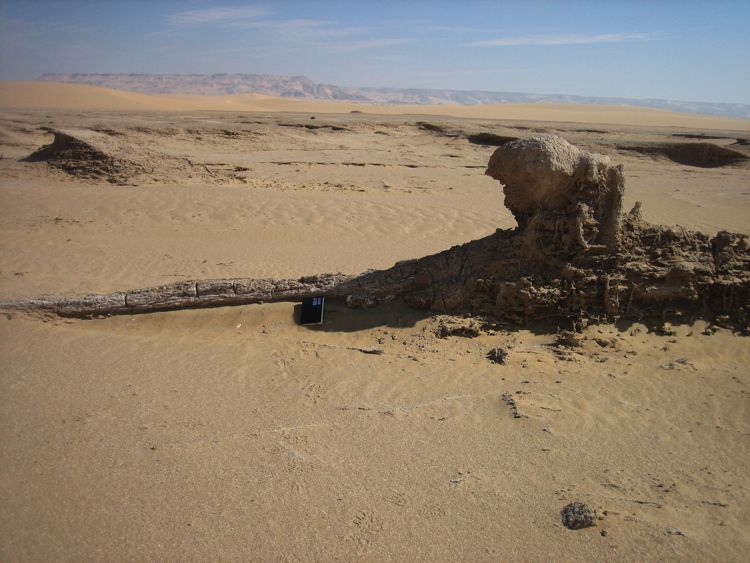
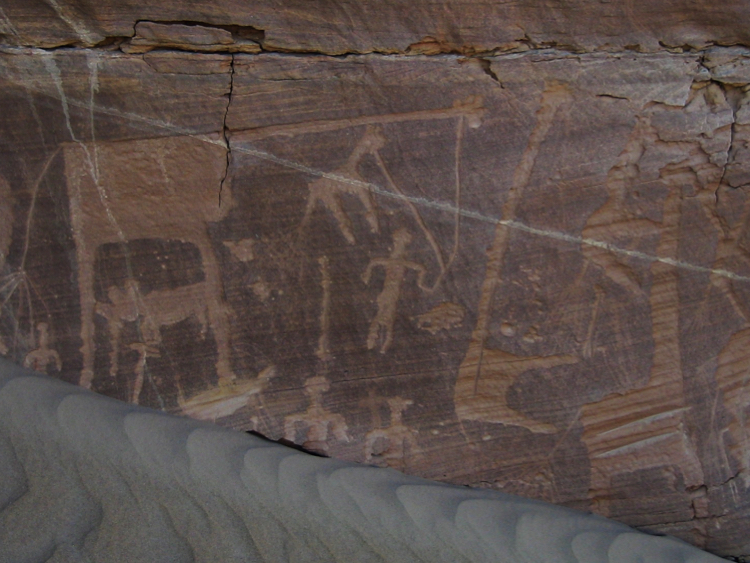
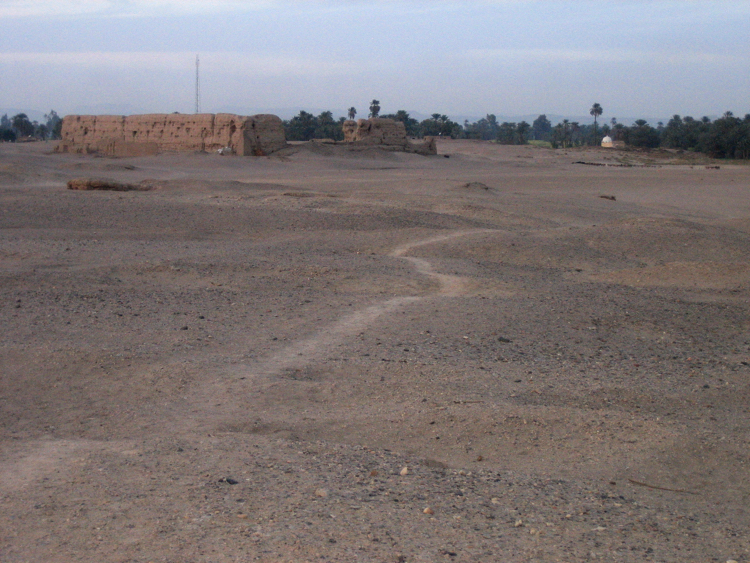
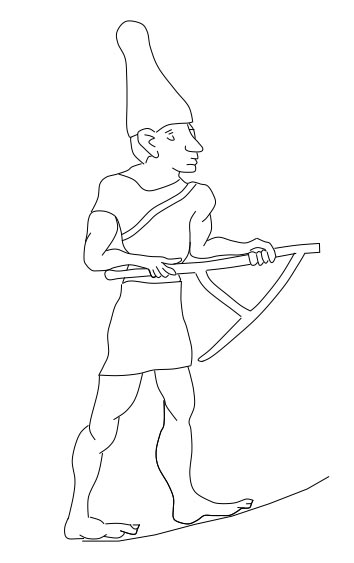
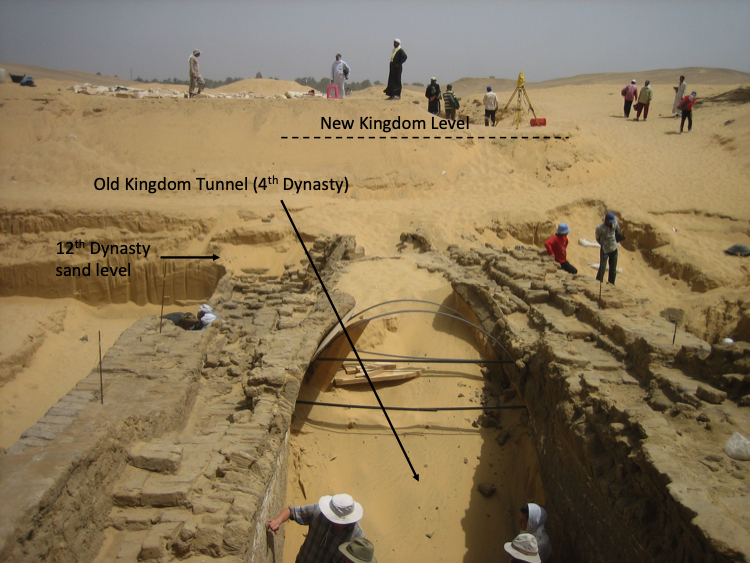
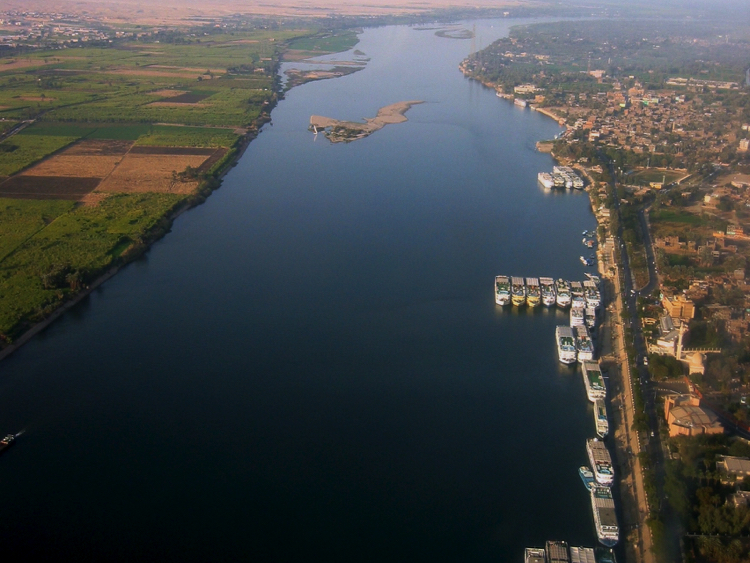
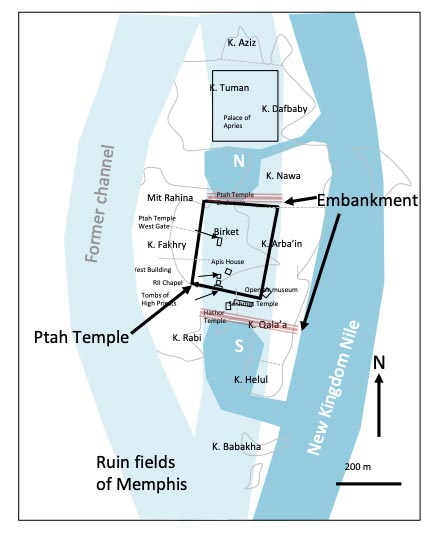
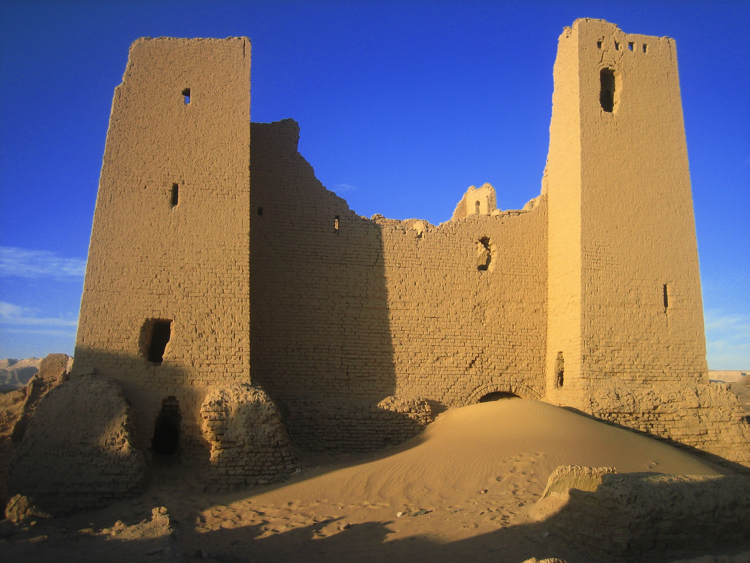
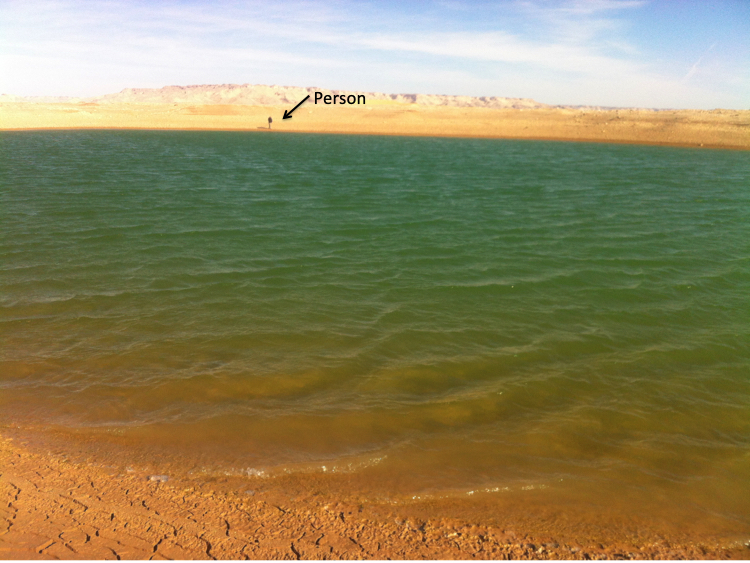
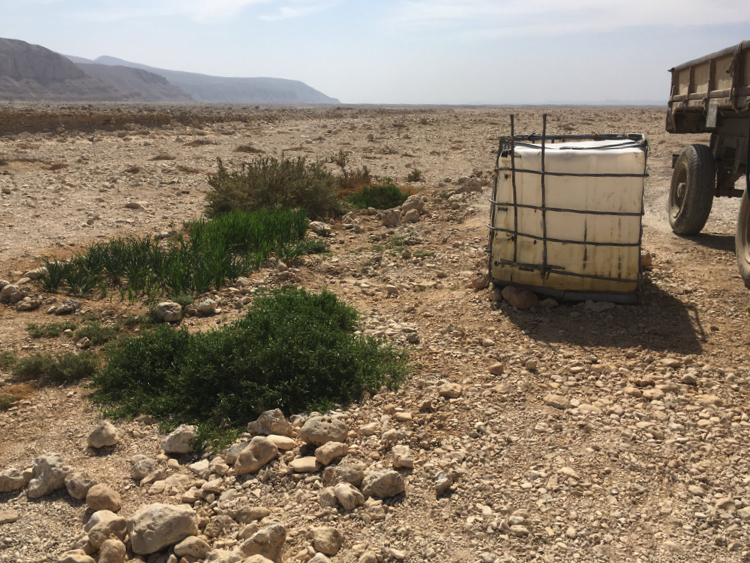
No comments:
Post a Comment